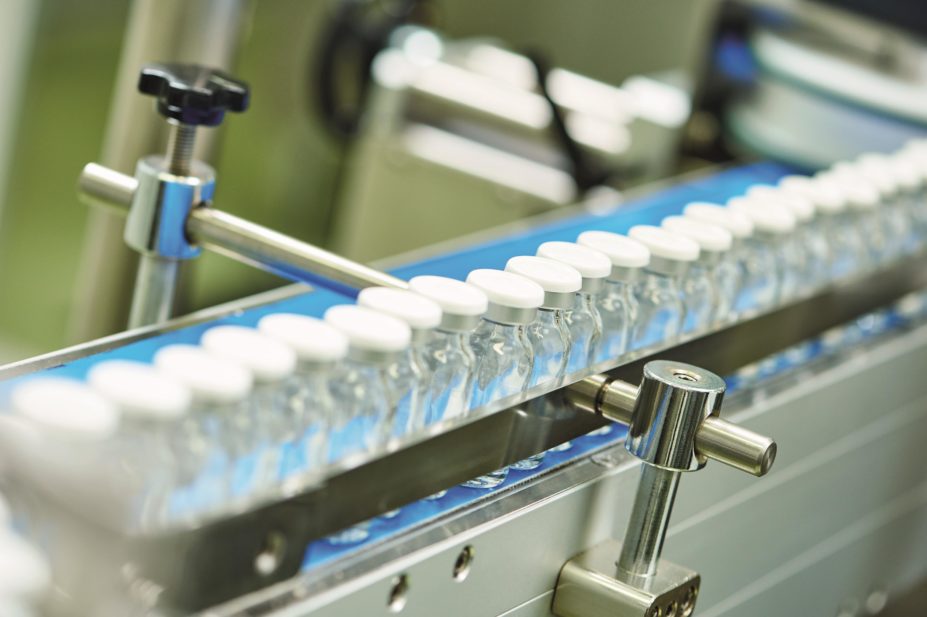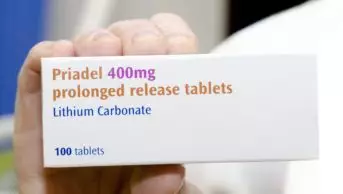
Shutterstock.com
Methods for small scale, point-of-use manufacture of drugs have now reached an advanced stage, delegates heard at the American Society of Health-System Pharmacists ‘midyear clinical meeting’ in New Orleans, Louisiana, on 9 December 2015.
The battlefield medicines programme of the Defense Advanced Research Projects Agency (DARPA) – an agency of the US department of defence responsible for the development of emerging technologies for use by the military – set out to develop methods for miniaturised manufacture of drugs in response to specific battlefield threat and medical needs.
As he introduced the session, Tyler McQuade, a programme manager at DARPA, told delegates that the new methods – which can be used to make both small molecules and biologics – could have other applications such as tackling drug shortages and responding to emergency situations.
Klavs Jensen from the Massachusetts Institute of Technology is running a DARPA-funded project called ‘Pharmacy on demand’, which aims to develop a small molecule manufacturing device that will be the size of a desk-top printer. So far it has been reduced to the size of a domestic fridge.
This has been achieved by developing continuous manufacturing processes rather than the batch processing methods that are conventionally used, he said. This is advantageous because it uses small amounts of starting materials and avoids accumulation of toxic or reactive intermediates. The challenge was to ensure that all the processes occur simultaneously, in the correct sequence and in a small space, he explained.
Simple drugs that required few steps were tackled first. For example, a continuous process for the manufacture of the high blood pressure drug aliskiren (developed with Novartis) was able to produce 45g/hr of product, but the equipment was the size of a shipping container, he said.
More complex processes were tackled, including some that required high temperature and pressure at certain points and pumps to drive separators to keep the newly synthesised molecules apart from the waste material. The process for fluoxetine involves four successive reactions, with four ‘clean-up’ separations, all driven by 11 pumps, explained Jensen.
These processes will produce liquid dosage forms, which are easier to pump and mix, and are stable for 14 days, noted Jensen.
Ultimately, the vision is to design reactors the size and shape of compact disc boxes that can be fitted together with disposable tubing to provide a fully automated process.
So far this project has demonstrated that end-to-end continuous pharmaceutical manufacture is possible in a system that can be refigured to make different drugs. “This is a true example of the value of multidisciplinary research,” drawing on the combined skills of chemical engineers and formulation scientists, said Jensen.
You may also be interested in

Competition watchdog launches investigation into discontinuation of bipolar drug

Warwick Smith: ‘The pandemic has removed factors that allowed us to be resilient for Brexit’
